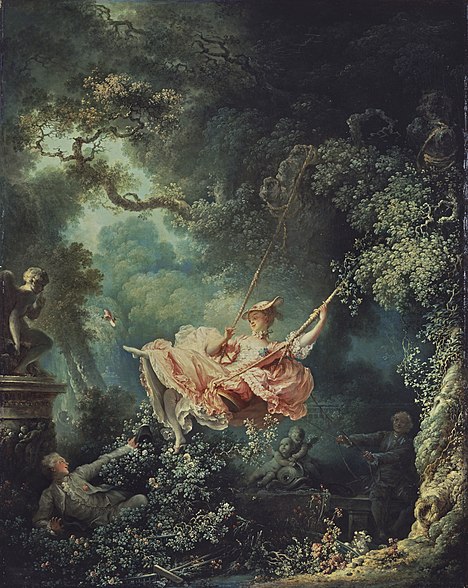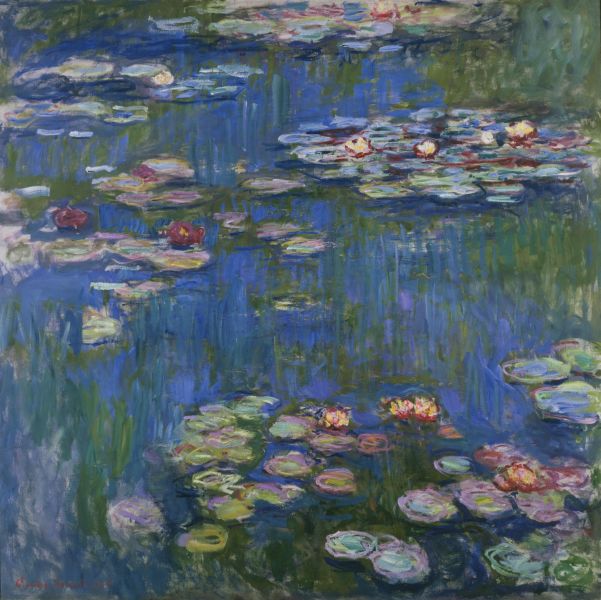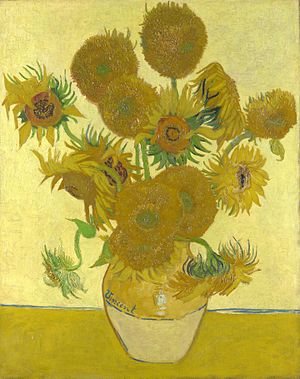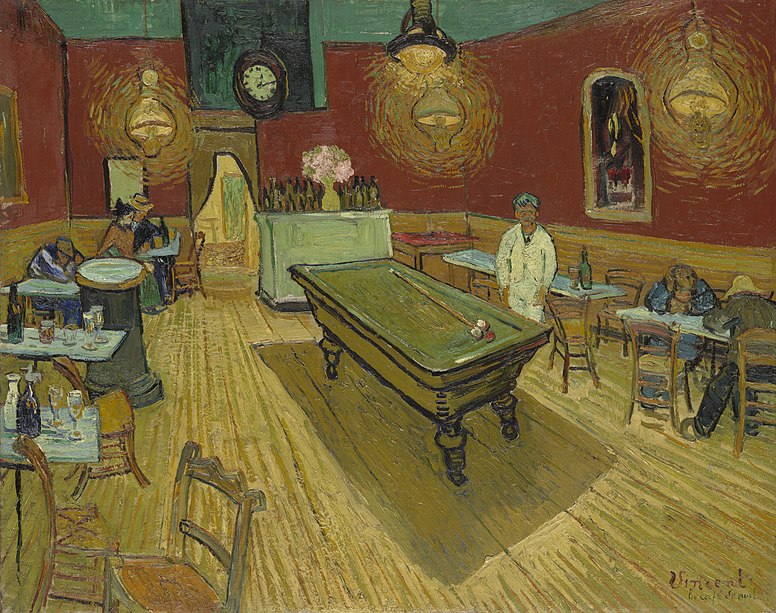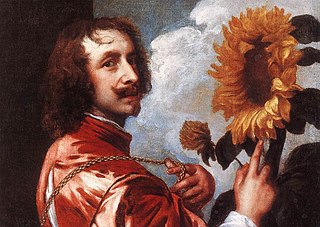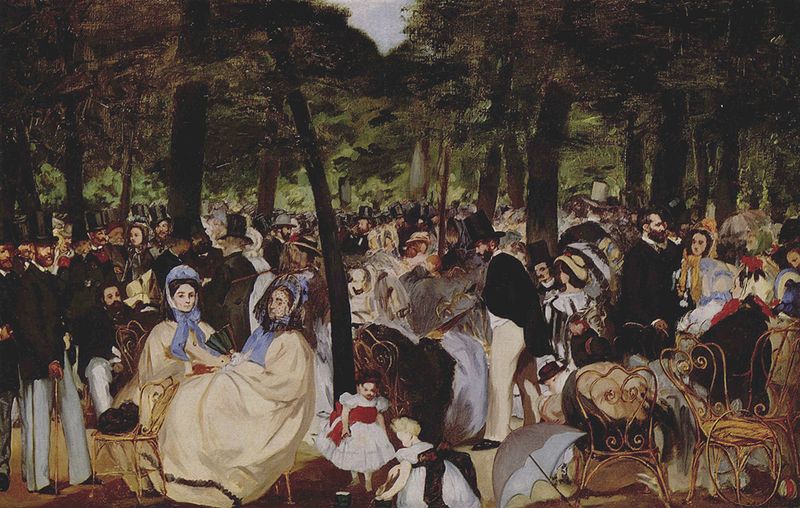
Mona Lisa (also known as La Gioconda or La Joconde) is a 16th-century portrait painted in oil on a poplar panel by Leonardo di ser Piero da Vinci during the Renaissance in Florence, Italy. The work is currently owned by the Government of France and is on display at the Musée du Louvre in Paris under the title Portrait of Lisa Gherardini, wife of Francesco del Giocondo.
The painting is a half-length portrait and depicts a seated woman (it is almost unanimous that she is Lisa del Giocondo) whose facial expression is frequently described as enigmatic. The ambiguity of the subject's expression, the monumentality of the composition, and the subtle modeling of forms and atmospheric illusionism were novel qualities that have contributed to the continuing fascination and study of the work. The image is so widely recognised, caricatured, and sought out by visitors to the Louvre that it is considered the most famous painting in the world!
Some interesting revelations made on the painting by the research study of a French engineer Pascal Cotte include the following-
Lace on Mona Lisa's dress
The transparency of the veil shows da Vinci first painted a landscape and then used transparency techniques to paint the veil atop it.
A change in the position of the left index and middle finger.
The elbow was repaired from damage due to a rock thrown at the painting in 1956.
The blanket covering Mona Lisa's knees also covers her stomach.
The left finger was not completely finished.
A blotch mark on the corner of the eye and chin are varnish accidents, countering claims that Mona Lisa was sick.
And the Mona Lisa was painted on uncut poplar board, contrary to speculations.
Talking about the mysterious quality of 'Mona Lisa', E.H Gombrich, the great art historian, makes an illuminating study on the painting-
We see that Leonardo has used the means of his 'sfumato' with the utmost deliberation. Everyone who has ever tried to draw or scribble a face knows that what we call its expression rests mainly in two features: the corners of the mouth, and the corners of the eyes. Now it is precisely these parts which Leonardo has left deliberately indistinct, by letting them merge into a soft shadow. That is why we are never quite certain in what mood Mona Lisa is really looking at us. Her expression always seems just to elude us. It is not only vagueness, of course, which produces this effect. There is much more behind it. Leonardo has done a very daring thing, which perhaps only a painter of his consummate mastery could risk. If we look carefully at the picture, we see that the two sides do not quite match. This is most obvious in the fantastic dream landscape in the background. The horizon on the left side seems to lie much lower than the one on the right. Consequently, when we focus on the left side of the picture, the woman looks somehow taller or more erect than if we focus on the right side. And her face, too, seems to change with this change of position, because, even here, the two sides do not quite match. But with all these sophisticated tricks, Leonardo might have produced a clever piece of jugglery rather than a great work of art, had he not known exactly how far he could go, and had he not counterbalanced his daring deviation from nature by an almost miraculous rendering of the living flesh. Look at the way in which he modelled the hand, or the sleeves with their minute folds. Leonardo could be as painstaking as any of his forerunners in the patient observation of nature. Only he was no longer merely the faithful servant of nature. Long ago, in the distant past, people had looked at portraits with awe, because they had thought that in preserving the likeness the artist could somehow preserve the soul of the person he portrayed. Now the great scientist, Leonardo, had made some of the dreams and fears of these first image-makers come true. He knew the spell which would infuse life into the colors spread by his magic brush."











